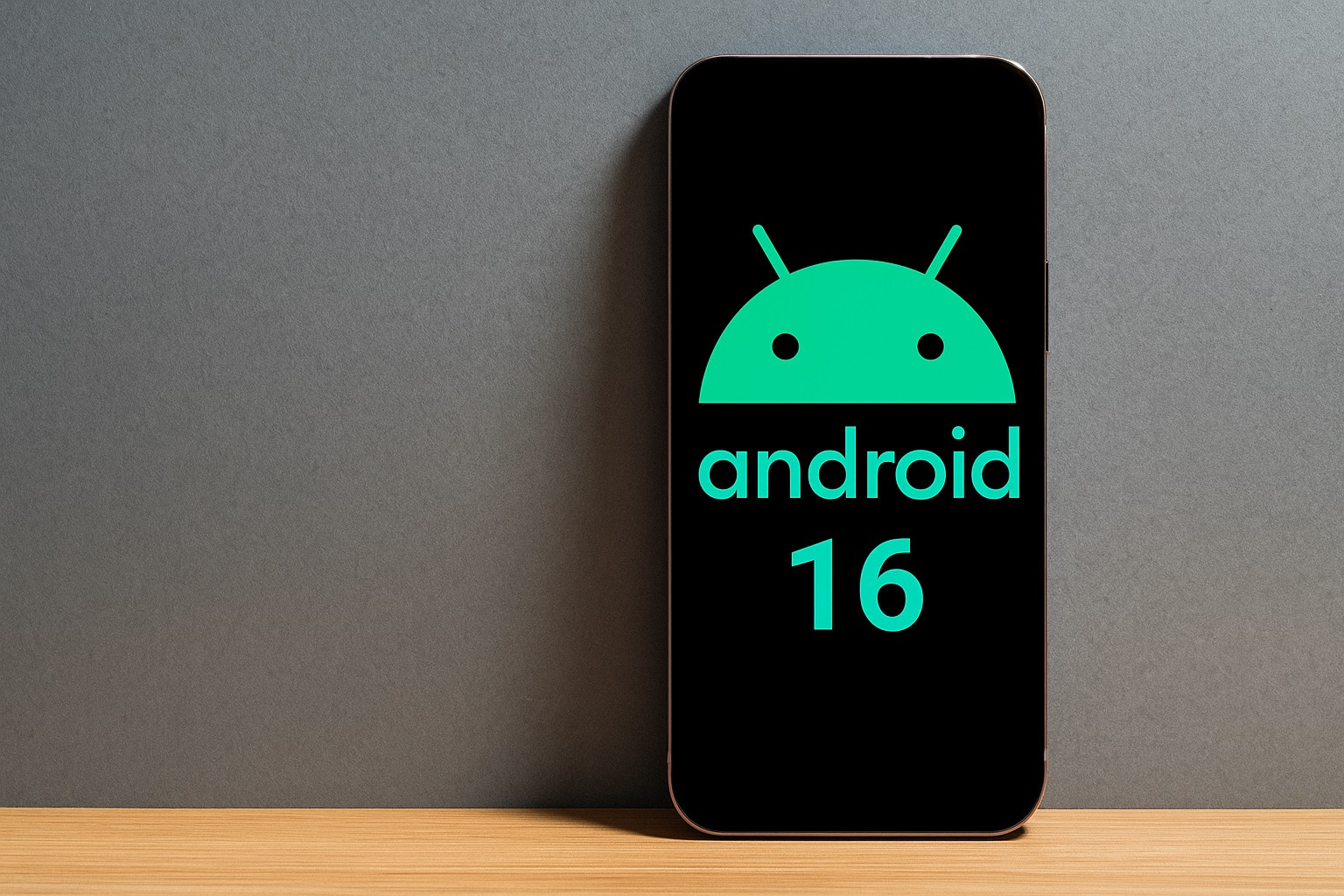- Google виклала вихідний код Android 16 QPR1 у проєкт Android Open Source Project у гілці
android16-qpr1-release. [1] - Випуск відбувся приблизно через два місяці після початку розгортання QPR1 на Pixel, що є незвично довгим очікуванням і розчарувало проєкти ROM. [2]
- Код підтверджує основні нововведення QPR1, такі як Material 3 Expressive і триваючу роботу над Desktop Mode — тепер повністю доступну для розробників. [3]
- Час публікації майже збігається з листопадовим Pixel Feature Drop 2025 року, що може пояснювати затримку. [4]
Що сталося сьогодні
Google опублікувала повний вихідний код Android 16 QPR1 в AOSP. Ви можете побачити офіційну зміну manifest — “Update default revision to android16-qpr1-release” — у репозиторії platform/manifest, а оновлений default.xml тепер вказує на цю гілку для android-latest-release. [5]
Публікація збігається з численними повідомленнями в Android-пресі та спільноті розробників про те, що код QPR1 нарешті став публічним після кількох тижнів очікування. [6]
Чому це важливо
Прозорість і порівняння: З відкритим кодом команди можуть порівнювати frameworks/base, SystemUI, WindowManager і Shell, щоб побачити всі зміни в поведінці з моменту виходу Android 16 GA та розгортання QPR1. Це важливо для пошуку регресій, вирішення проблем сумісності додатків і перевірки інтеграцій OEM. [7]
Кастомні ROM: Основні проєкти, такі як LineageOS, свідомо відкладали збірки з QPR1, оскільки не всі компоненти були доступні. Сьогоднішня публікація розблоковує оновлення та має пришвидшити тестові збірки для популярних пристроїв. [8]
Перевірка функцій: Джерело підтверджує візуальне оновлення в рамках Material 3 Expressive і триваючу роботу над Desktop Mode, яка з’являлася протягом бета-версій QPR1 — тепер повністю доступна для аудиту. [9]
Затримка — що змінилося цього циклу?
Історично Google публікував нові гілки Android в AOSP протягом кількох днів після стабільного релізу. З Android 16 QPR1 код з’явився приблизно через два місяці після того, як Pixels отримали оновлення — це виняток, який змусив мейнтейнерів чекати. [10]
Вчора вийшов листопадовий Pixel Feature Drop 2025 з новими функціями на основі ШІ; джерело QPR1 з’явилося одразу після цього. Така послідовність викликала обґрунтовані припущення, що Google хотів уникнути витоку підказок про невипущені Feature Drop у публічних репозиторіях. Google офіційно не надала технічного пояснення, але час співпадає. [11]
Що насправді є в Android 16 QPR1
- Material 3 Expressive UI: Більш масштабне візуальне оновлення, що охоплює Швидкі налаштування, сповіщення та елементи екрана блокування, тепер доступне для перегляду аж до рівня ресурсів і прапорців. [12]
- Прогрес Desktop Mode: Більш надійна основа для мультивіконного/мультидисплейного режиму, яку OEM та розробники ПЗ можуть дослідити у WindowManager/Shell для вдосконалення поведінки вільних вікон і панелі завдань. [13]
- Полірування екосистеми: Безліч внутрішніх виправлень, типових для QPR, які не змінюють публічний рівень SDK, але все ж впливають на сервіси, політику SELinux, правила Soong і версії APEX — тепер можна відстежити кожен коміт. [14]
Як синхронізувати Android 16 QPR1 з AOSP
Google тепер рекомендує відстежувати android-latest-release, яка встановлена на останню гілку релізу — сьогодні це android16-qpr1-release. [15]
References
1. android.googlesource.com, 2. www.androidauthority.com, 3. www.androidauthority.com, 4. blog.google, 5. android.googlesource.com, 6. www.androidauthority.com, 7. www.androidauthority.com, 8. www.androidcentral.com, 9. www.theverge.com, 10. www.androidauthority.com, 11. blog.google, 12. www.theverge.com, 13. www.androidauthority.com, 14. www.androidauthority.com, 15. source.android.com
